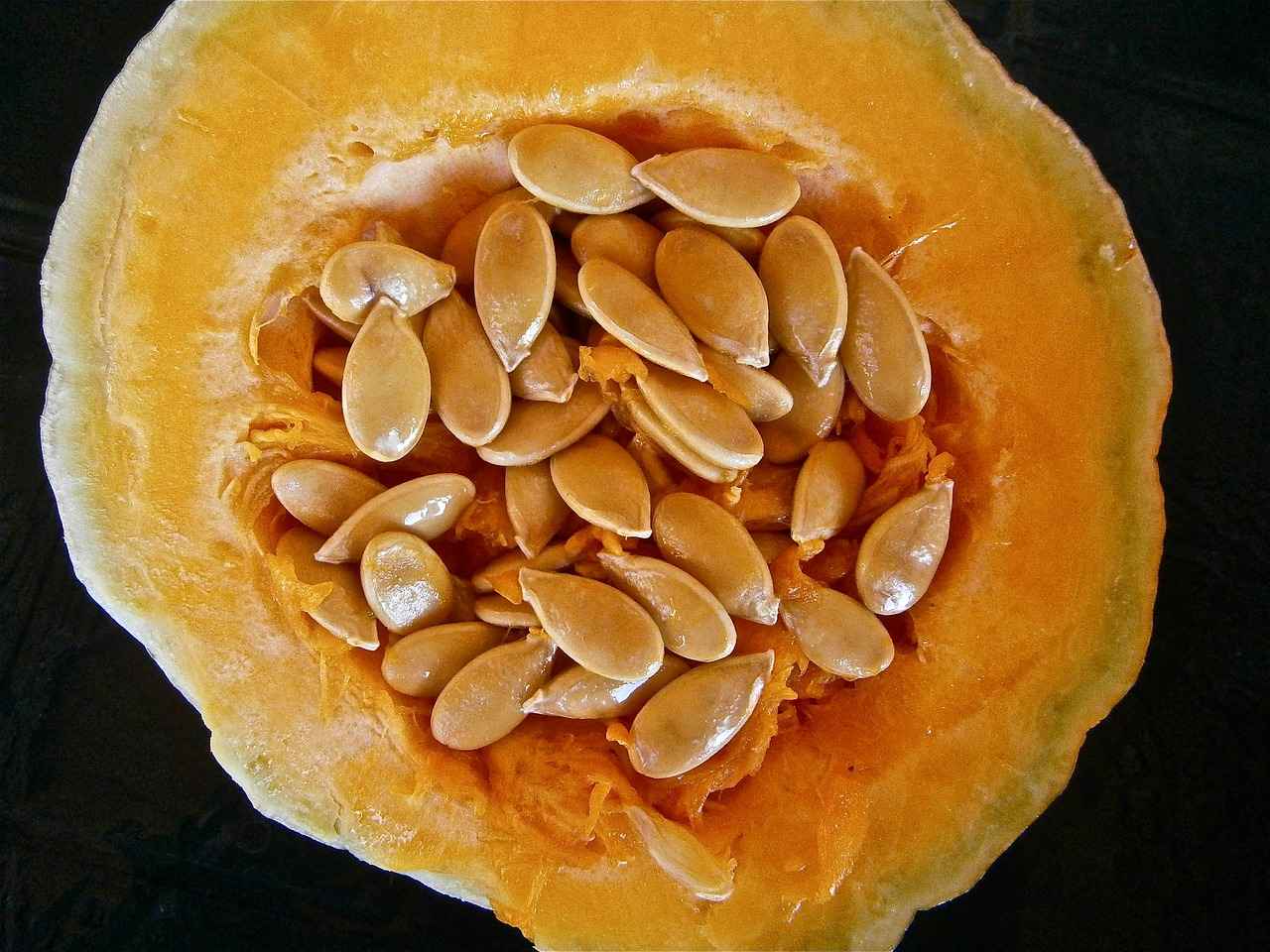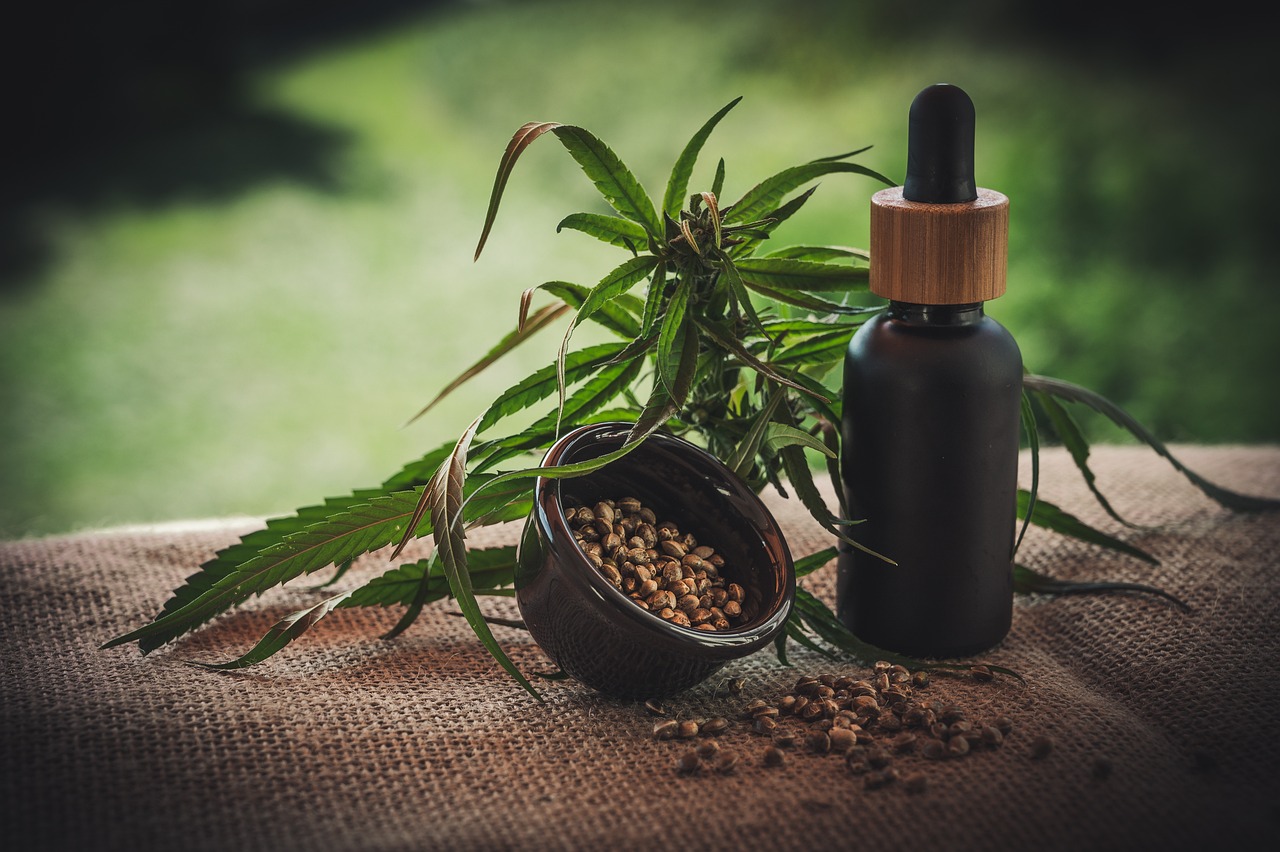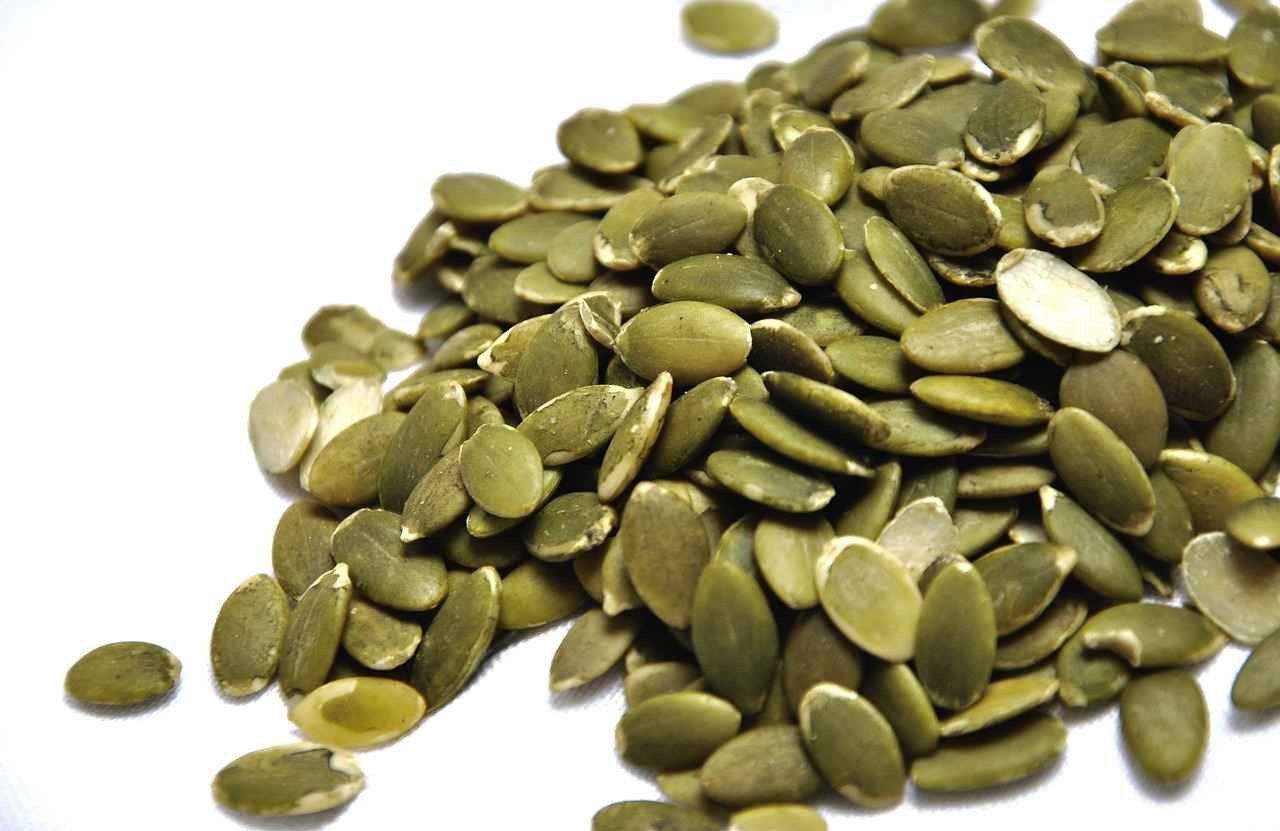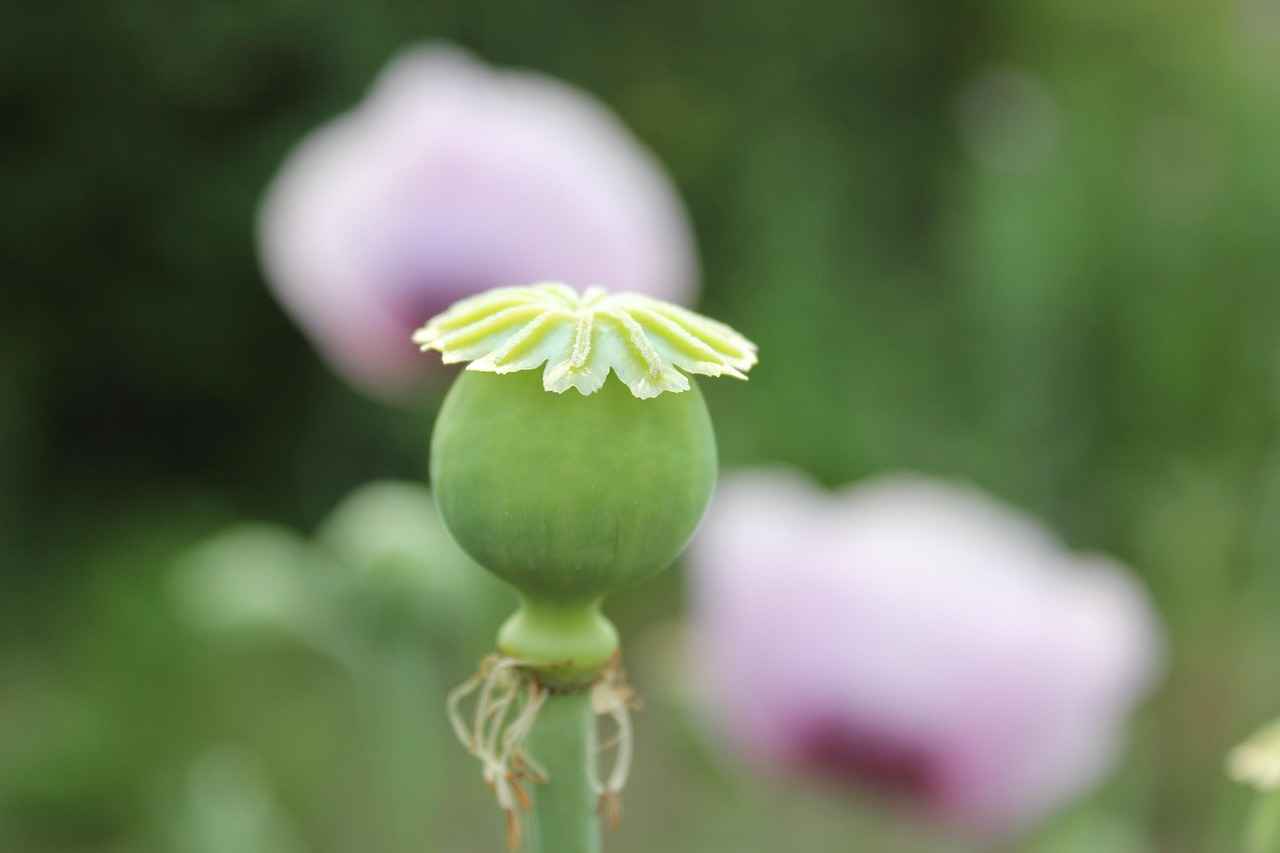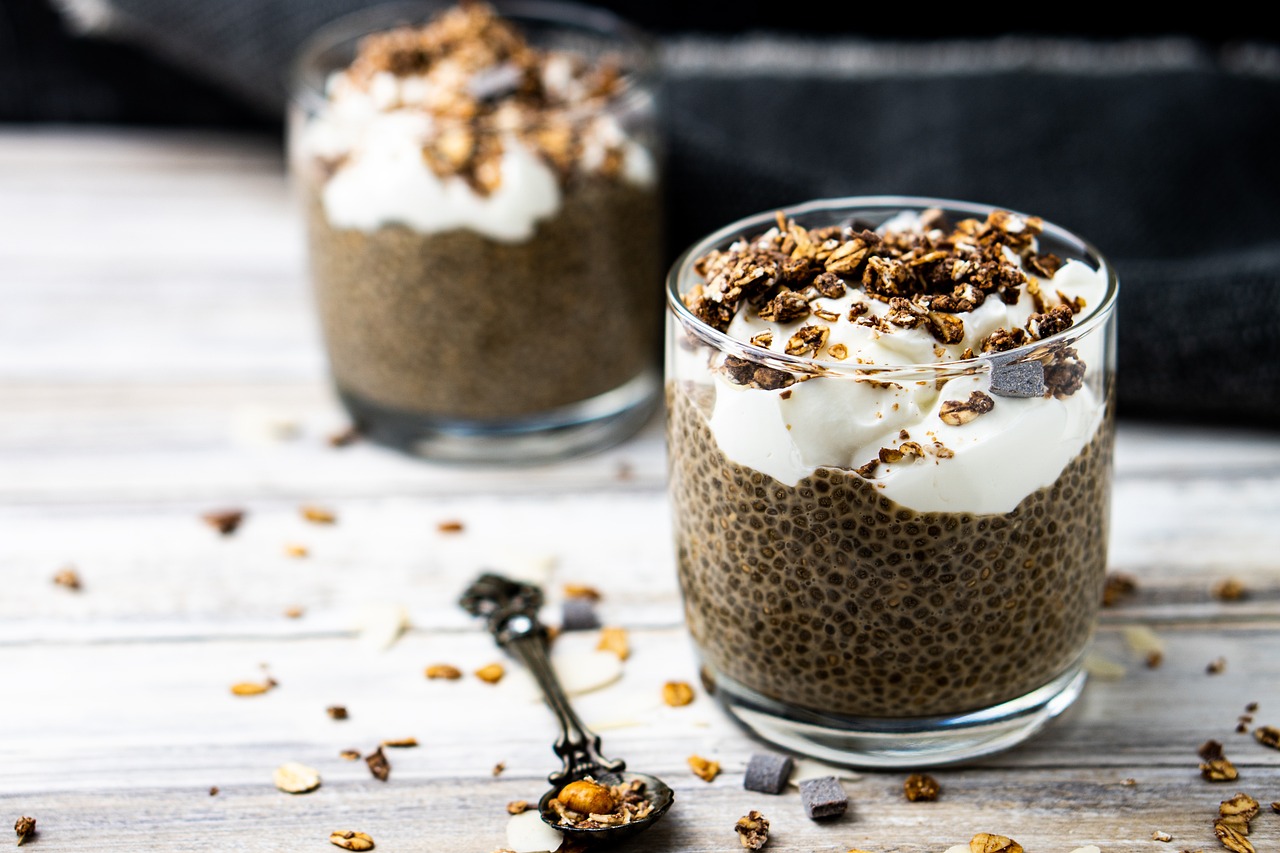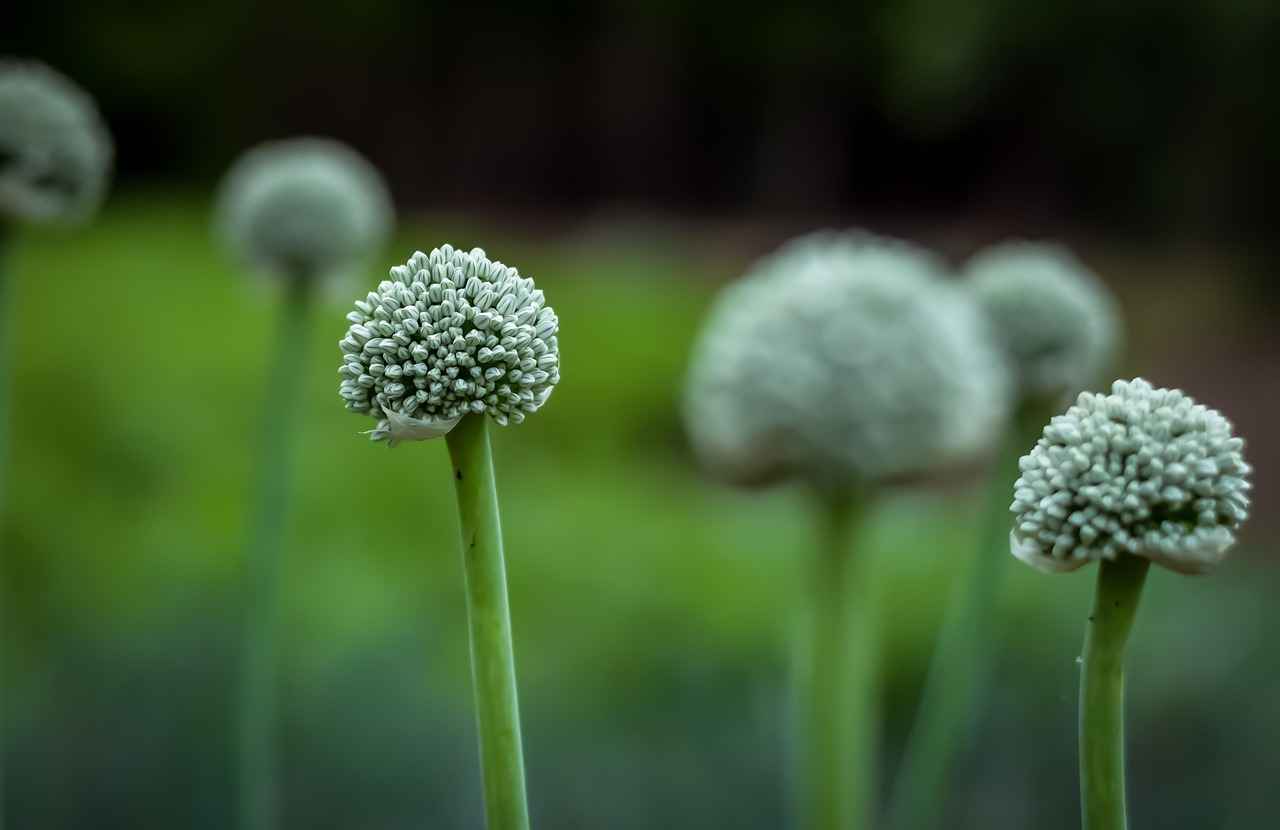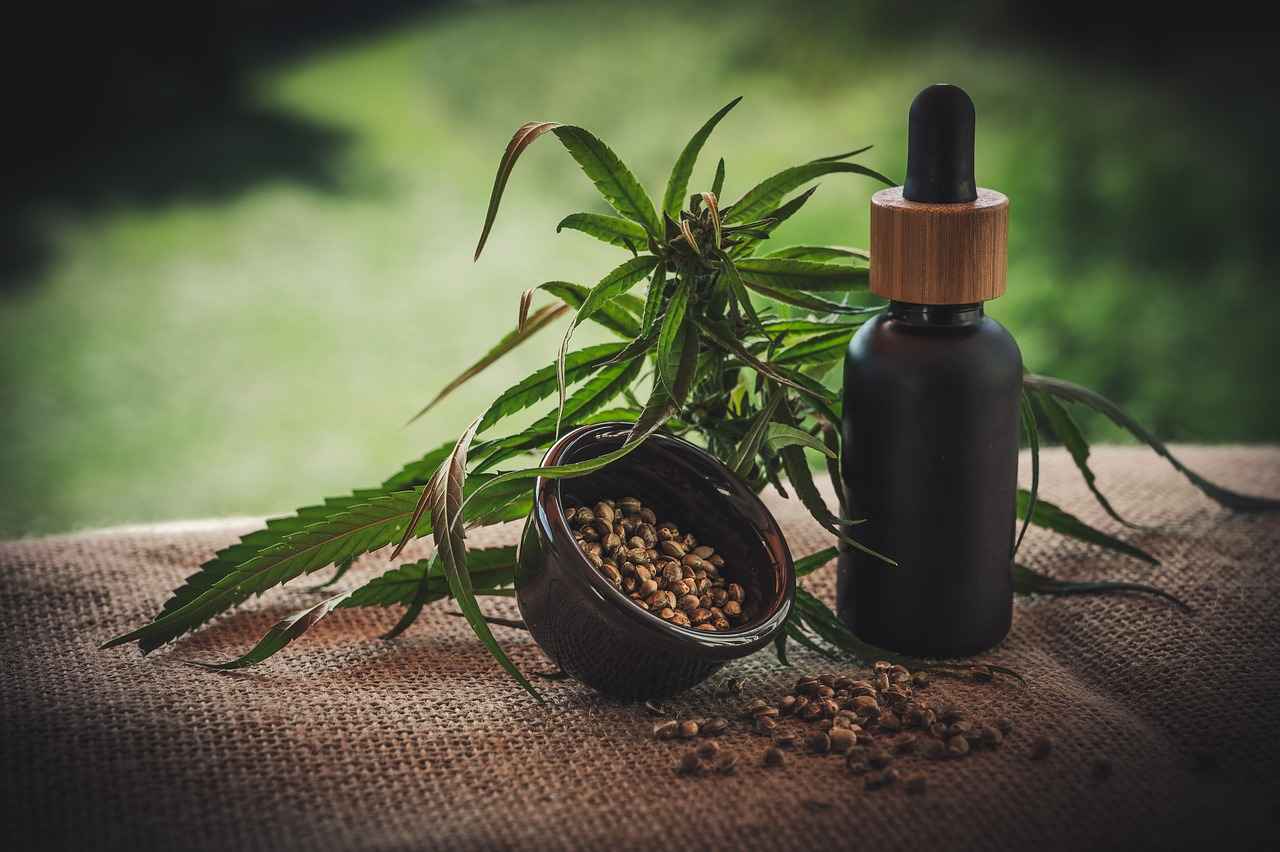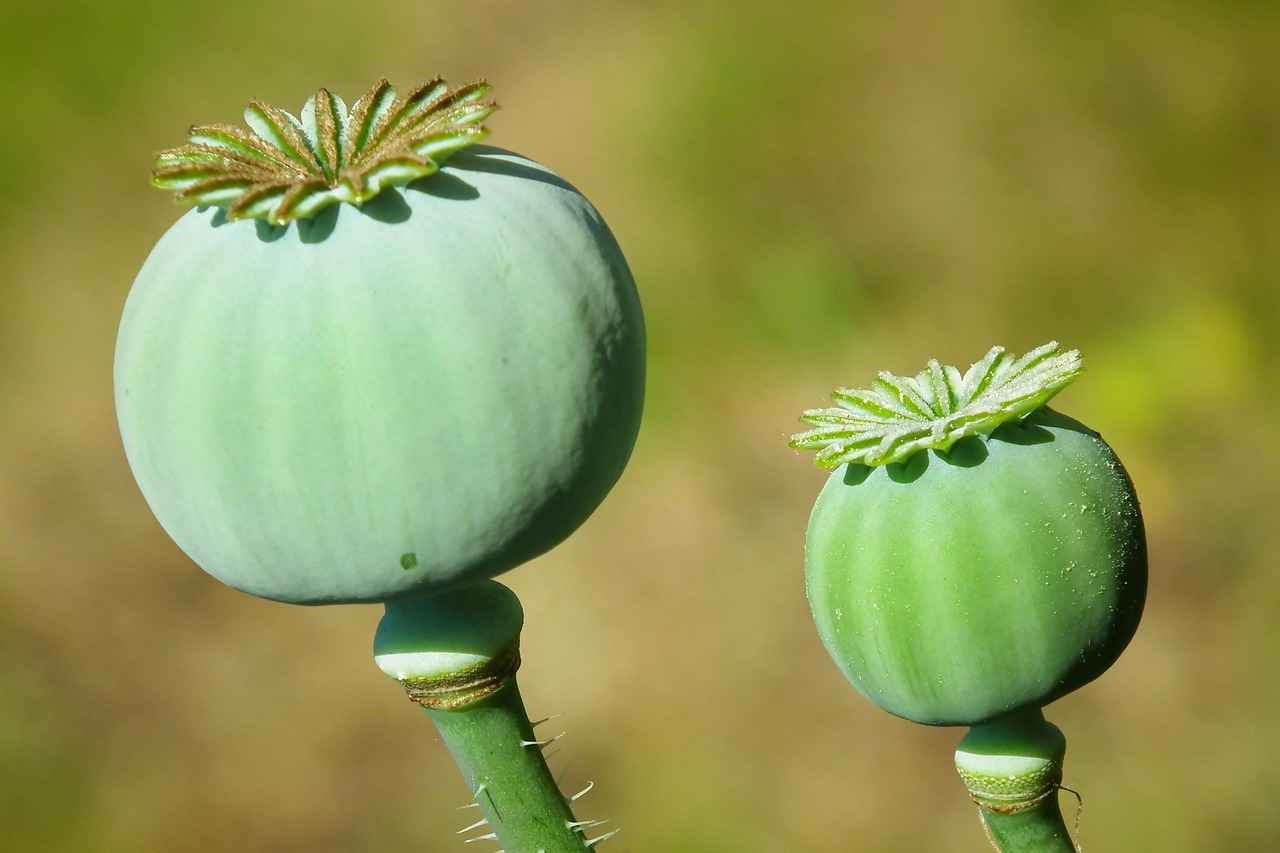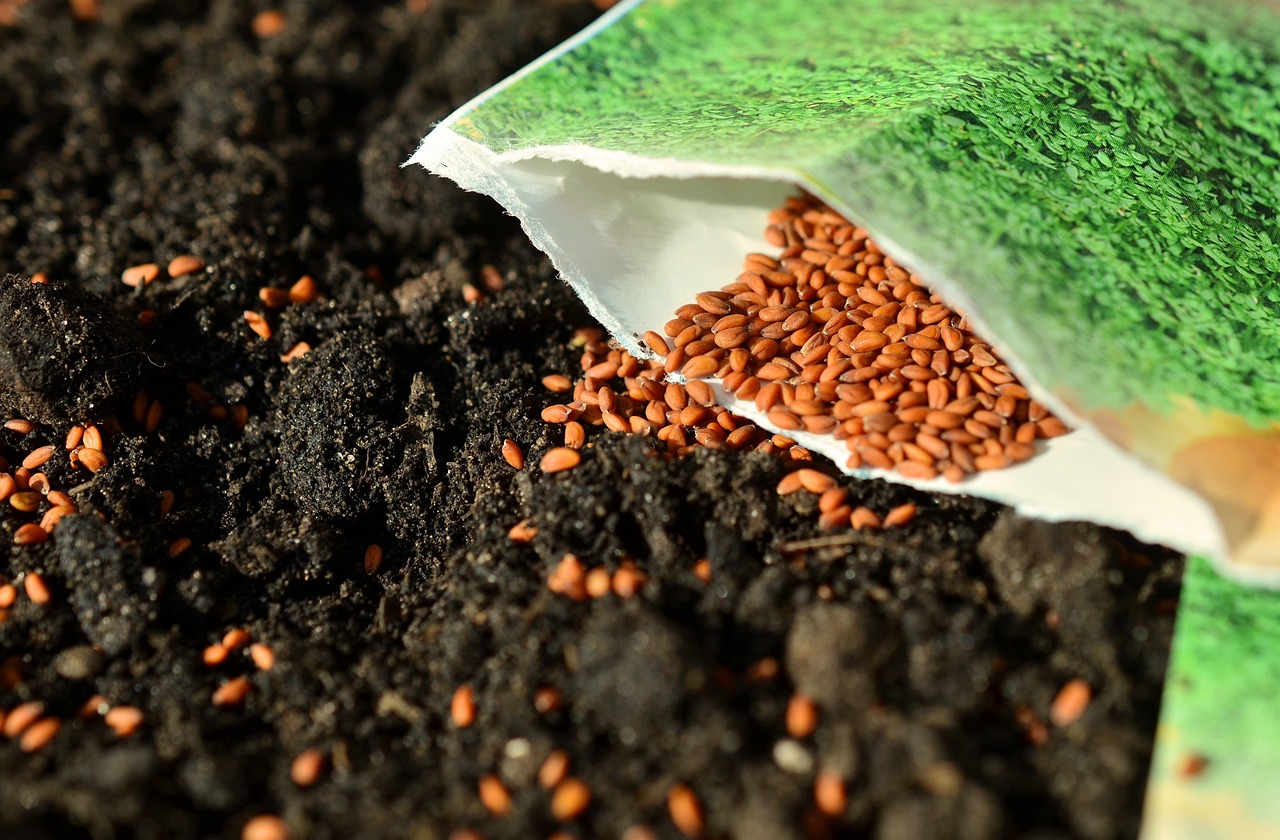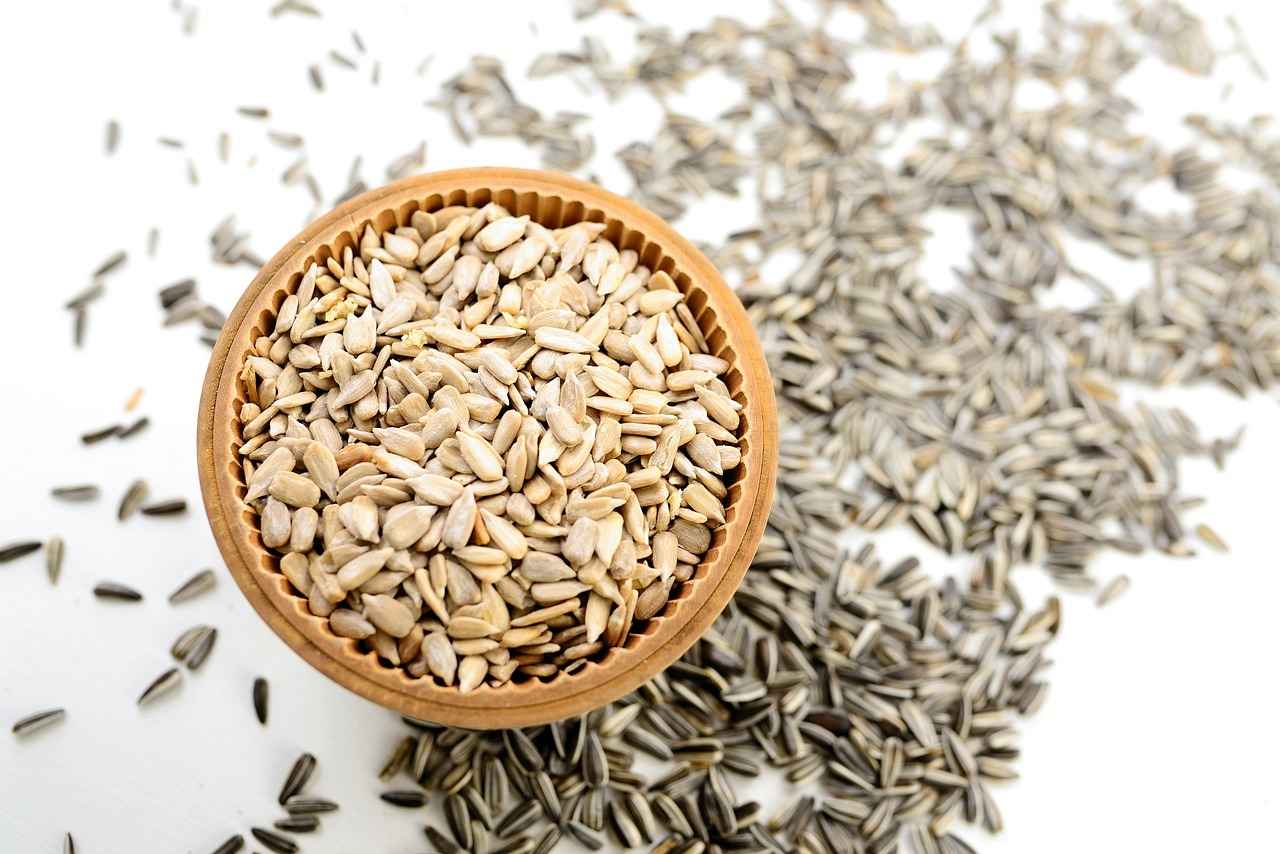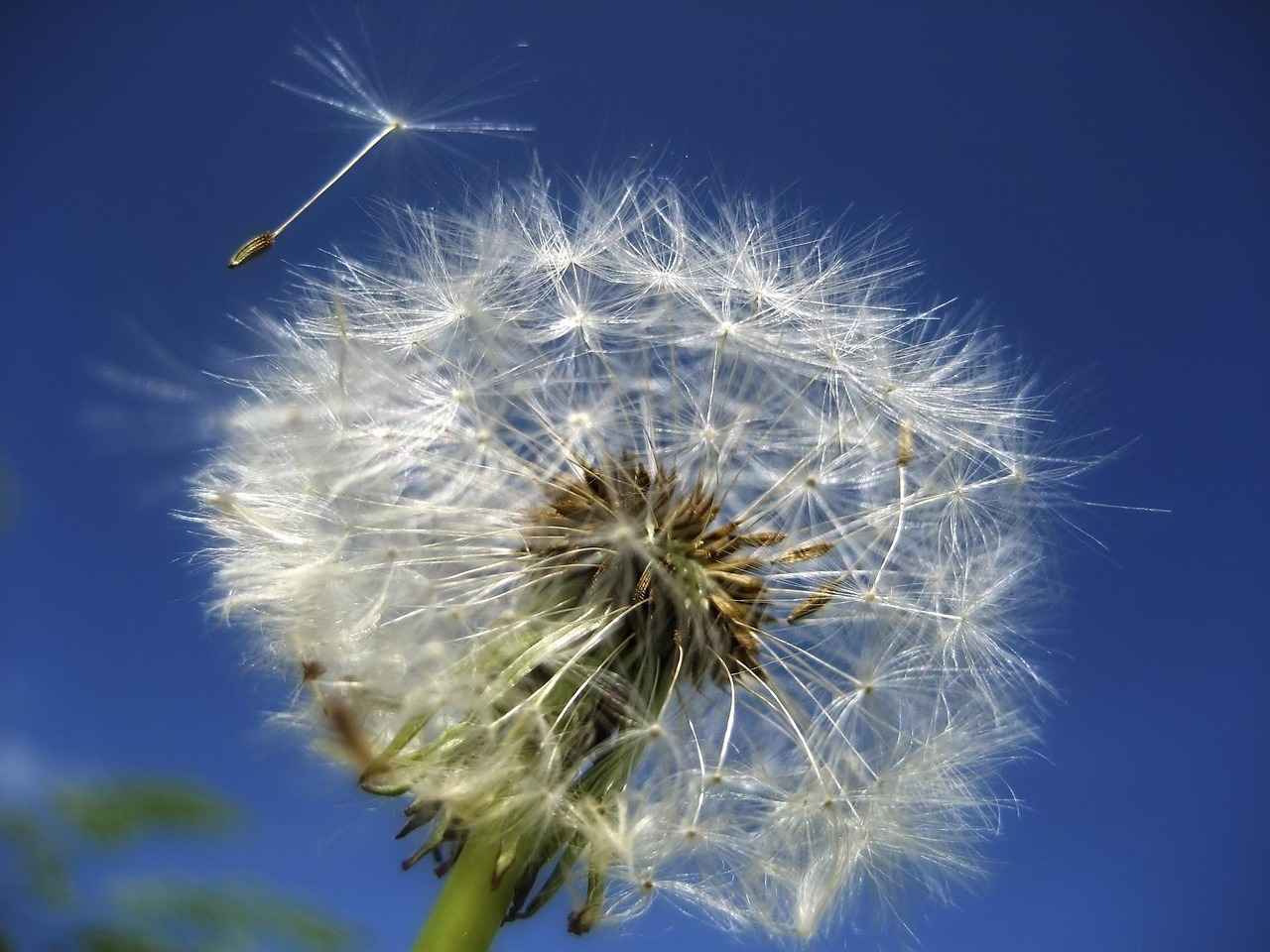This article delves into the ideal ratio of chia seeds to water for optimal hydration. By understanding the benefits, preparation methods, and nutritional insights, you can enhance your experience with this remarkable superfood.
What Are Chia Seeds?
Chia seeds are tiny, nutrient-dense seeds harvested from the Salvia hispanica plant. These seeds have gained popularity due to their numerous health benefits, including being rich in omega-3 fatty acids, fiber, and antioxidants. This unique combination makes them a sought-after superfood in today’s health-conscious world.
Why Are Chia Seeds Important for Hydration?
One of the most remarkable properties of chia seeds is their ability to absorb up to 12 times their weight in water. This characteristic makes them an excellent source of hydration, essential for maintaining fluid balance, especially during physical activities. Consuming chia seeds can help you stay hydrated and energized throughout the day.
How to Prepare Chia Seeds for Hydration?
To maximize the benefits of chia seeds, proper preparation is crucial. Soaking chia seeds in water allows them to expand and form a gel-like consistency, enhancing their nutritional benefits and making them easier to digest.
Step-by-Step Guide to Soaking Chia Seeds
- Start with a ratio of 1 part chia seeds to 10 parts water. This ensures optimal absorption and texture for consumption.
- Mix the chia seeds and water in a container.
- Let the mixture sit for about 20-30 minutes to allow the seeds to fully absorb the water.
Common Mistakes When Preparing Chia Seeds
Many individuals overlook the soaking time required for chia seeds. Insufficient soaking can lead to a gritty texture, while over-soaking may result in excessive gel formation. Finding the right balance is key to enjoying chia seeds.
What is the Ideal Chia Seeds to Water Ratio?
The standard recommendation for the chia seeds to water ratio is 1:10. For every tablespoon of chia seeds, use approximately 10 tablespoons of water to achieve the best hydration results. This ratio allows for a pleasant texture and optimal nutrient absorption.
Adjusting Ratios for Personal Preference
While the 1:10 ratio is widely accepted, personal preferences may vary. Some individuals may prefer a thicker or thinner consistency. Adjusting the amount of water can help tailor the texture to suit individual tastes.
How Long Should You Soak Chia Seeds?
Chia seeds should ideally be soaked for about 20-30 minutes. This duration allows them to fully absorb water and develop a gel-like substance, enhancing their digestibility and nutritional benefits.
What Are the Nutritional Benefits of Chia Seeds?
Chia seeds are packed with essential nutrients, including fiber, protein, and healthy fats. They also contain vitamins and minerals that support overall health, making them a valuable addition to any diet.
Chia Seeds and Weight Management
Thanks to their high fiber content, chia seeds can promote feelings of fullness, aiding in weight management. Incorporating them into meals can help control appetite and reduce overall calorie intake.
Chia Seeds for Digestive Health
The fiber in chia seeds supports digestive health by promoting regular bowel movements and preventing constipation. They also act as prebiotics, nourishing beneficial gut bacteria.
How to Incorporate Chia Seeds into Your Diet?
Incorporating chia seeds into your diet is simple. They can be added to smoothies, oatmeal, yogurt, or baked goods. Experimenting with different recipes can enhance your meals while boosting nutrition.
Creative Recipes Using Chia Seeds
- Chia pudding
- Energy bars
- Salad dressings
These versatile seeds can elevate the nutritional profile of your favorite dishes and provide a satisfying crunch.
Tips for Storing Chia Seeds
To maintain freshness, store chia seeds in an airtight container in a cool, dry place. Proper storage ensures they retain their nutritional value and remain safe for consumption.
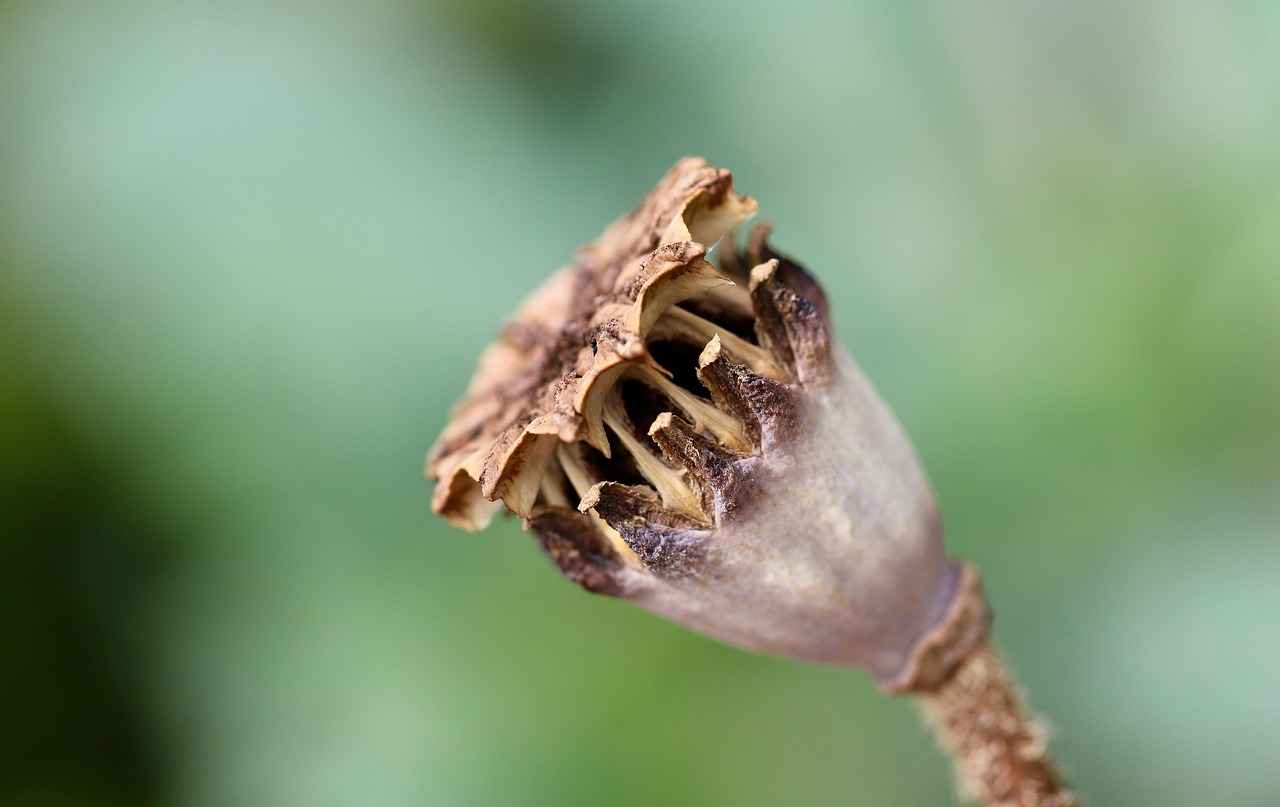
What Are Chia Seeds?
Chia seeds have gained immense popularity over the years, and for good reason. These tiny, black or white seeds come from the Salvia hispanica plant, which is native to Central America. Historically, they were a staple food for the Aztecs and Mayans, who valued them for their energy-boosting properties. Today, chia seeds are recognized as a superfood due to their impressive nutritional profile.
Chia seeds are often hailed as a nutrient powerhouse. They are packed with essential nutrients including:
- Omega-3 fatty acids: These healthy fats are crucial for heart health and brain function.
- Fiber: Chia seeds contain a significant amount of dietary fiber, which aids in digestion and promotes a feeling of fullness.
- Antioxidants: These compounds help combat oxidative stress and inflammation in the body.
The health benefits of chia seeds extend beyond their basic nutritional content. Here are some key advantages:
- Hydration: Chia seeds can absorb up to 12 times their weight in water, making them an excellent source of hydration.
- Weight Management: Due to their high fiber content, they help control appetite and may assist in weight loss efforts.
- Digestive Health: The fiber in chia seeds promotes regular bowel movements and supports gut health by acting as a prebiotic.
Incorporating chia seeds into your diet is simple and versatile. Here are some popular methods:
- Chia Pudding: Soak chia seeds in almond milk or yogurt overnight for a nutritious breakfast.
- Smoothies: Add a tablespoon of chia seeds to your favorite smoothie for an extra nutrient boost.
- Baking: Use chia seeds in muffins, breads, or energy bars to enhance their nutritional value.
To enjoy the full benefits of chia seeds, proper preparation is key. Here’s a simple guide:
1. Measure out the chia seeds (1 part).2. Add water or milk (10 parts).3. Stir well and let sit for 20-30 minutes until they expand and form a gel-like consistency.4. Enjoy them in your favorite recipes!
While chia seeds are generally safe for most people, there are a few precautions to consider:
- Hydration: Always consume chia seeds with sufficient liquid to prevent digestive discomfort.
- Allergies: If you have a history of allergies to similar seeds, consult with a healthcare provider before trying chia seeds.
In summary, chia seeds are a nutrient-dense superfood that can easily be incorporated into various meals. Their health benefits, including promoting hydration, aiding digestion, and supporting weight management, make them a valuable addition to any diet. By understanding how to prepare and use chia seeds effectively, you can enhance your overall health and wellness.
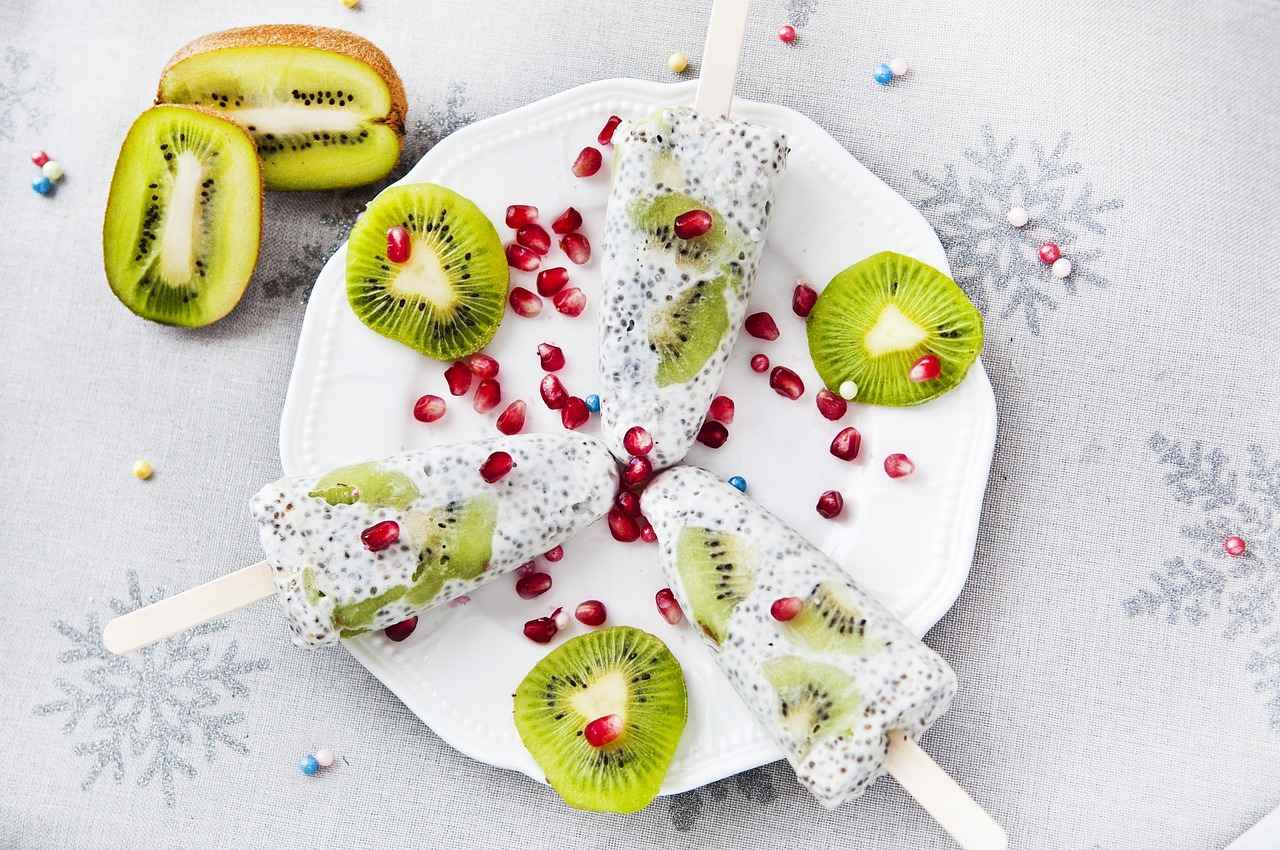
Why Are Chia Seeds Important for Hydration?
Chia seeds have gained immense popularity in the health and wellness community, and for good reason. These tiny seeds are not only packed with nutrients but also possess remarkable properties that make them a valuable ally in staying hydrated. One of the most fascinating aspects of chia seeds is their ability to absorb water, which can significantly contribute to hydration levels in the body.
Chia seeds can absorb up to 12 times their weight in water, which makes them an outstanding source of hydration. This unique property allows them to swell and form a gel-like consistency when soaked, creating a hydrating food that can help maintain fluid balance in the body. This is particularly beneficial during physical activities, where maintaining hydration is crucial for optimal performance and recovery.
When consumed, chia seeds can help slow down the absorption of water in the digestive system, providing a sustained release of hydration. This slow release is beneficial for athletes and active individuals, as it helps prevent dehydration during prolonged exercise. Furthermore, the gel formed by chia seeds can help to keep you feeling full, which may reduce the urge to consume sugary or dehydrating snacks.
In addition to their hydrating properties, chia seeds are rich in omega-3 fatty acids, fiber, and antioxidants. These nutrients play a critical role in supporting overall health:
- Omega-3 Fatty Acids: These healthy fats are essential for heart health and cognitive function.
- Fiber: Chia seeds are an excellent source of dietary fiber, promoting digestive health and regular bowel movements.
- Antioxidants: These compounds help combat oxidative stress and inflammation in the body.
To fully harness the hydrating benefits of chia seeds, it is essential to prepare them correctly. The simplest method is to soak them in water. The recommended ratio is 1 part chia seeds to 10 parts water. This ratio ensures that the seeds can absorb enough water to expand properly. Here’s a quick guide:
1. Measure 1 tablespoon of chia seeds.2. Add 10 tablespoons of water (or your preferred liquid).3. Stir well and let it sit for about 20-30 minutes.4. Enjoy the gel-like mixture in smoothies, yogurt, or on its own.
While preparing chia seeds is straightforward, there are a few common pitfalls to avoid:
- Insufficient Soaking Time: Not allowing chia seeds to soak long enough can result in a gritty texture.
- Over-Soaking: Leaving them in water for too long can lead to excessive gel formation, making them less enjoyable to consume.
Incorporating chia seeds into your meals is easy and versatile. Here are some ideas:
- Add them to smoothies for a nutrient boost.
- Mix them into oatmeal for added texture and hydration.
- Use them in baked goods as an egg substitute or to enhance nutritional content.
By understanding the importance of chia seeds for hydration, you can make informed choices that contribute to your overall health and wellness. Whether you’re an athlete or simply looking to improve your hydration levels, chia seeds are an excellent addition to your diet.
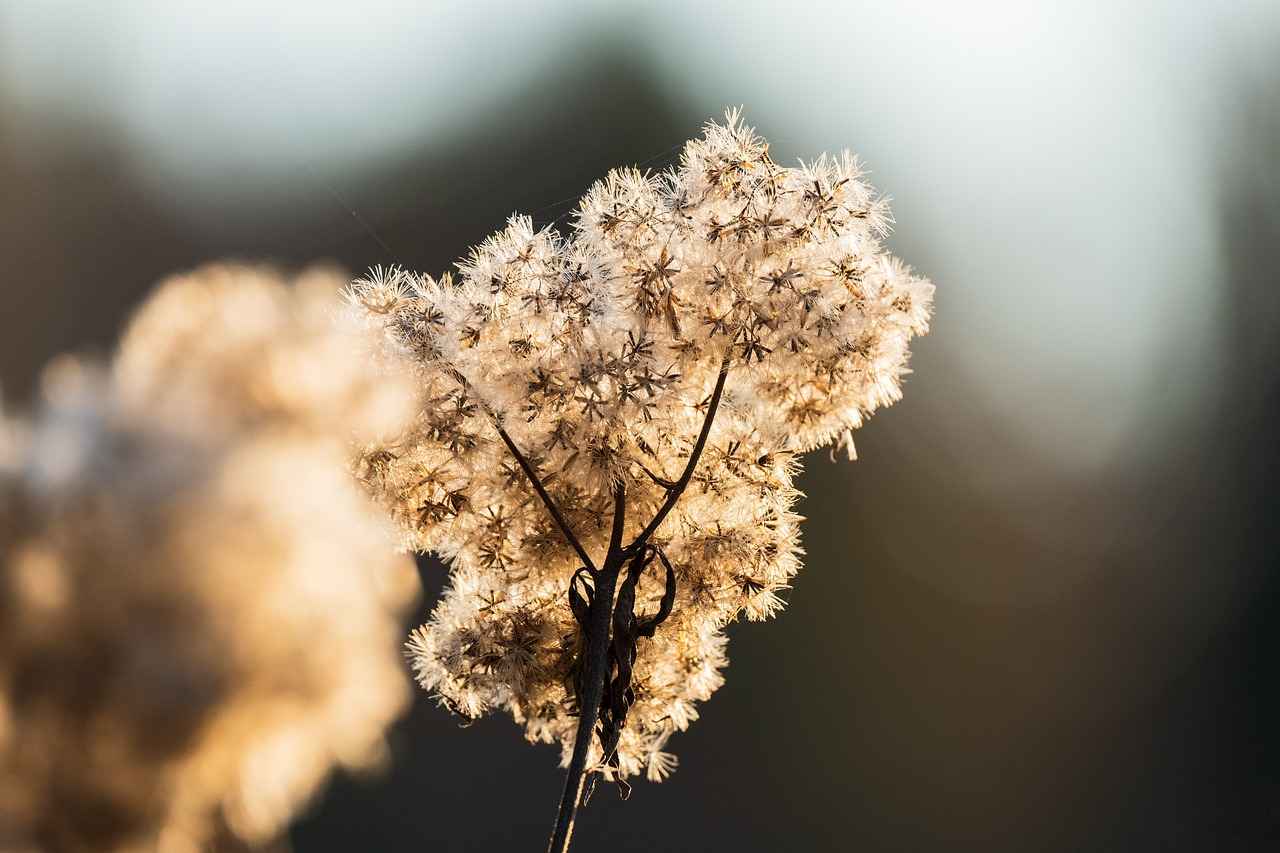
How to Prepare Chia Seeds for Hydration?
Chia seeds have become increasingly popular in recent years, and for good reason. These tiny seeds are not only packed with nutrients but also have remarkable properties when it comes to hydration. Preparing chia seeds for hydration is a simple yet effective process that can enhance their nutritional benefits and improve digestibility.
To properly prepare chia seeds for hydration, the first step is to soak them in water. This method allows the seeds to absorb liquid, expanding to form a gel-like consistency that is both nutritious and easy to digest. The gel formation is a key aspect of their preparation, as it maximizes the seeds’ health benefits.
The standard guideline for soaking chia seeds is a ratio of 1:10. This means for every tablespoon of chia seeds, you should use approximately ten tablespoons of water. This ratio ensures that the seeds have enough liquid to absorb, resulting in the perfect texture.
Soaking chia seeds for about 20-30 minutes is generally recommended. During this time, the seeds will fully hydrate and develop their gel-like consistency. If you are in a hurry, you can soak them for as little as 10 minutes, but for optimal results, a longer soaking time is beneficial.
- Not Soaking Long Enough: A common mistake is failing to soak the seeds long enough, which can lead to a gritty texture.
- Over-Soaking: Conversely, soaking them for too long can result in an overly thick gel that may not be enjoyable to eat.
- Incorrect Ratios: Using too few or too many chia seeds can affect the hydration process and texture.
Chia seeds possess an incredible ability to absorb up to 12 times their weight in water. This property not only enhances hydration but also aids in maintaining fluid balance in the body. Proper hydration is essential, especially during physical activities, as it supports overall health and performance.
Once your chia seeds are properly hydrated, they can be easily incorporated into various dishes. Here are a few ideas:
- Add them to smoothies for an extra nutritional boost.
- Mix them into yogurt or oatmeal for added texture.
- Use them as a thickening agent in sauces or dressings.
- Create delicious chia pudding by combining the soaked seeds with your choice of milk and sweetener.
Incorporating chia seeds into your meals not only enhances their nutritional profile but also adds variety to your diet.
To maintain the freshness and nutritional value of chia seeds, store them in an airtight container in a cool, dry place. This will help prevent moisture and light exposure, which can degrade their quality over time.
By understanding how to prepare chia seeds for hydration, you can unlock their full potential as a nutritional powerhouse. Whether you are looking to enhance your hydration, improve digestion, or simply add a nutritious ingredient to your meals, properly prepared chia seeds can be a valuable addition to your diet.
Step-by-Step Guide to Soaking Chia Seeds
Soaking chia seeds is a simple yet essential process to unlock their full potential. These tiny seeds, packed with nutrients, require proper preparation to enhance their health benefits and improve their texture. In this guide, we will explore the step-by-step process for soaking chia seeds, ensuring you achieve the best results for hydration and consumption.
Chia seeds are known for their remarkable ability to absorb water, swelling up to 12 times their weight. This property not only provides hydration but also creates a gel-like consistency that makes them easier to digest. Proper soaking is crucial, as it allows the seeds to expand fully, enhancing their nutritional value and making them a delightful addition to various dishes.
The optimal ratio for soaking chia seeds is typically 1 part chia seeds to 10 parts water. For instance, if you use 1 tablespoon of chia seeds, you should mix it with approximately 10 tablespoons of water. This ratio ensures that the seeds absorb enough moisture without becoming overly gelatinous.
- Measure Your Chia Seeds: Start by measuring the desired amount of chia seeds. A common starting point is 1-2 tablespoons, depending on your needs.
- Add Water: For every tablespoon of chia seeds, add 10 tablespoons of water. You can use plain water, or for added flavor, consider using fruit juice or almond milk.
- Mix Thoroughly: Stir the mixture well to ensure the chia seeds are evenly distributed in the water. This helps prevent clumping and promotes even absorption.
- Let Them Soak: Allow the mixture to sit for 20-30 minutes. During this time, the chia seeds will absorb the liquid and swell, forming a gel-like consistency.
- Stir Again: After the soaking period, give the mixture another stir to break up any clumps that may have formed.
- Store or Use: You can use the soaked chia seeds immediately in your recipes, or store them in an airtight container in the refrigerator for up to a week.
While soaking chia seeds is straightforward, there are some common pitfalls to be aware of:
- Insufficient Soaking Time: Not allowing enough time for the seeds to absorb water can result in a gritty texture. Aim for at least 20 minutes.
- Using Too Little Water: If you don’t use enough water, the seeds may not expand properly, leading to a less enjoyable texture.
- Over-soaking: Leaving chia seeds in water for too long can lead to an overly thick gel, which may not be appealing for all recipes.
While the standard 1:10 ratio is effective, you can adjust the amount of water based on your personal preference. If you prefer a thicker consistency, reduce the water slightly. Conversely, for a thinner texture, add a bit more water. Experimenting with different ratios can help you find the perfect balance that suits your taste.
Once your chia seeds are soaked, they can be used in a variety of dishes. Add them to smoothies for a nutrient boost, mix them into oatmeal, or use them as a thickening agent in soups and sauces. The possibilities are endless, making chia seeds a versatile addition to your meals.
By following this step-by-step guide to soaking chia seeds, you can maximize their health benefits and enjoy their unique texture in your favorite recipes. Whether you are a seasoned chia seed enthusiast or a newcomer, mastering the soaking process will enhance your culinary experience.
Common Mistakes When Preparing Chia Seeds
When it comes to preparing chia seeds, many enthusiasts often overlook the significance of proper soaking techniques. Understanding how to soak chia seeds correctly is crucial to achieving the ideal texture and maximizing their health benefits.
Chia seeds possess the unique ability to absorb up to 12 times their weight in water. This remarkable characteristic not only enhances hydration but also aids in digestion. However, the soaking time is vital. Insufficient soaking can lead to a gritty texture, while excessive soaking may create an overly gelatinous consistency that some may find unpalatable.
The recommended soaking time for chia seeds is 20 to 30 minutes. This timeframe allows the seeds to fully absorb water and swell, forming a gel-like substance that is easier to digest. Failing to adhere to this soaking guideline can result in a less enjoyable eating experience.
- Inadequate Soaking Time: One of the most frequent errors is not allowing chia seeds to soak long enough. This can lead to a gritty texture that detracts from the overall experience.
- Over-Soaking: On the other hand, soaking chia seeds for too long can result in a thick gel that may not be appealing to everyone. Finding the right balance is key.
- Incorrect Ratios: Using the wrong ratio of seeds to water can also impact the final texture. A common recommendation is a ratio of 1:10 (chia seeds to water).
- Neglecting to Stir: Failing to stir chia seeds shortly after adding them to water can lead to clumping. Stirring ensures even distribution and proper absorption.
To ensure the best results when preparing chia seeds, follow these practical tips:
- Measure Accurately: Use the standard 1:10 ratio for optimal hydration.
- Set a Timer: Keep track of soaking time to avoid over or under-soaking.
- Stir Regularly: Mix chia seeds in water immediately after combining to prevent clumping.
- Experiment with Textures: Adjust the soaking time and water amount based on your personal preference.
By avoiding common mistakes and paying attention to the soaking process, you can enjoy the full benefits of chia seeds. These tiny powerhouses can enhance your hydration, support digestive health, and provide essential nutrients. Remember, the key to enjoying chia seeds lies in proper preparation, so take the time to soak them correctly for the best results.
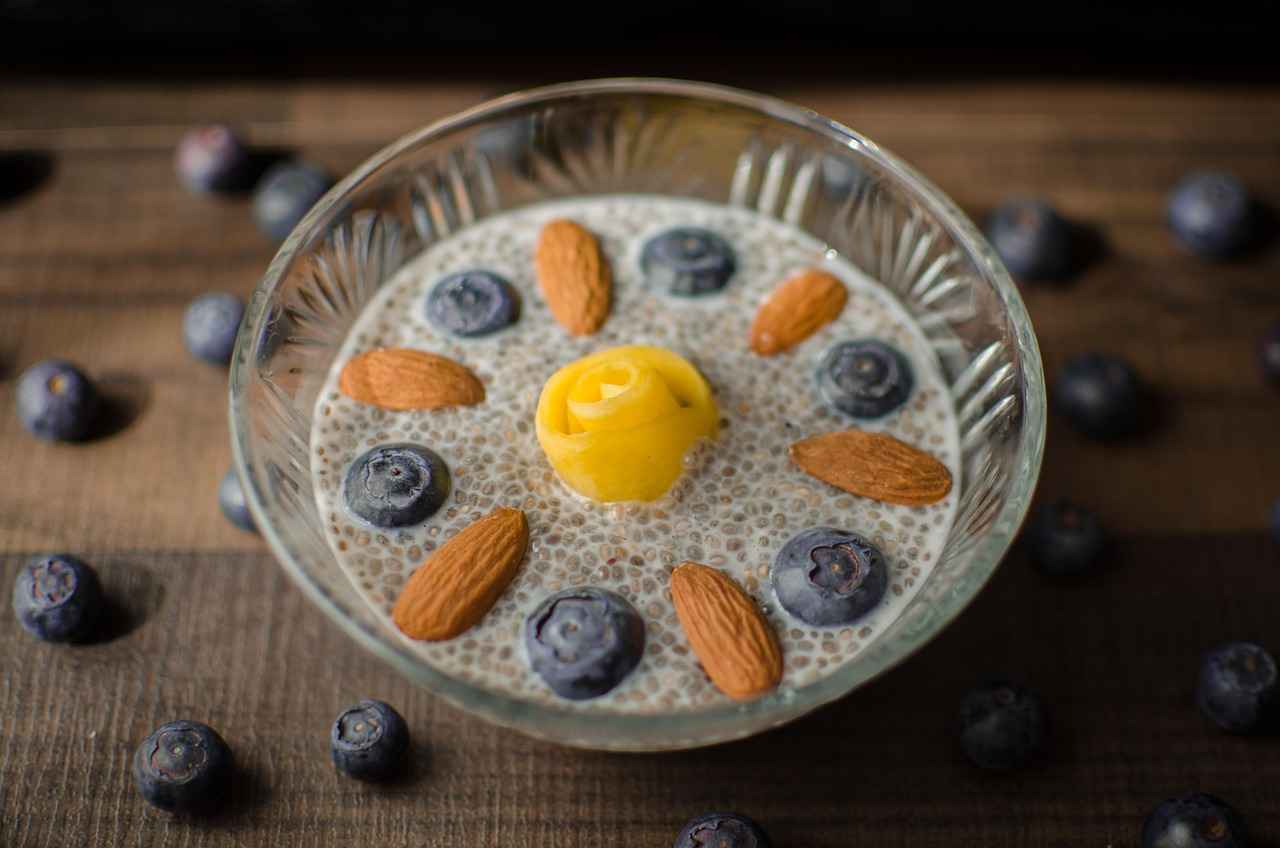
What is the Ideal Chia Seeds to Water Ratio?
When it comes to preparing chia seeds, understanding the ideal ratio of chia seeds to water is crucial for maximizing their health benefits. The standard guideline suggests a ratio of 1:10. This means that for every tablespoon of chia seeds, you should use approximately 10 tablespoons of water. This ratio ensures that the seeds can fully absorb the water, expanding and forming a gel-like consistency that enhances their nutritional properties.
Chia seeds are known for their remarkable ability to absorb liquid, soaking up to 12 times their weight in water. This unique characteristic not only aids in hydration but also contributes to a feeling of fullness, making chia seeds an excellent addition to any diet.
To prepare chia seeds effectively, follow these simple steps:
- Measure: Start with the desired amount of chia seeds. A common starting point is one tablespoon.
- Add Water: For each tablespoon of chia seeds, add ten tablespoons of water.
- Mix: Stir the mixture well to prevent clumping.
- Soak: Allow the mixture to sit for about 20-30 minutes. This soaking time is essential for the seeds to absorb the water properly.
While the 1:10 ratio is a reliable standard, some individuals may prefer a thicker or thinner consistency based on personal taste. Adjusting the water content allows for customization—using less water results in a denser gel, while more water creates a more liquid texture. Experimenting with these ratios can help you find the perfect balance that suits your preferences.
It’s important to note that soaking chia seeds for too short a time can lead to a gritty texture, while excessive soaking may cause the seeds to become overly gelatinous. Aiming for the 20-30 minute soaking window typically yields the best results.
In addition to hydration, chia seeds are packed with essential nutrients. They are an excellent source of omega-3 fatty acids, fiber, and protein. This nutrient density makes them a valuable addition to smoothies, oatmeal, and baked goods. By incorporating chia seeds into your meals, you not only enhance their nutritional profile but also enjoy the numerous health benefits they offer.
For those looking to incorporate chia seeds into their diet, there are countless creative ways to enjoy them. From chia pudding to energy bars and salad dressings, these versatile seeds can elevate your culinary creations while providing significant health advantages.
In summary, understanding the ideal chia seeds to water ratio is essential for maximizing the benefits of this superfood. With a standard ratio of 1:10, soaking chia seeds properly can enhance their nutritional value, making them a fantastic addition to a healthy diet. So go ahead, experiment with different ratios and recipes to find what works best for you!
Adjusting Ratios for Personal Preference
When it comes to preparing chia seeds, the ideal ratio of seeds to water can significantly impact the final texture and experience. While the standard ratio is 1:10—meaning one part chia seeds to ten parts water—this guideline can be adjusted based on personal preferences. Some individuals may enjoy a thicker texture, while others might prefer a thinner consistency. Understanding how to manipulate this ratio can enhance your chia seed preparation, allowing for a more customized experience.
Chia seeds are known for their ability to absorb water and expand, creating a gel-like substance that can be quite versatile in various recipes. By adjusting the water amount, you can tailor the texture to suit your taste. For instance, if you prefer a more pudding-like consistency, you might opt for less water, resulting in a thicker mixture. Conversely, if you enjoy a more liquid form, such as in smoothies or drinks, increasing the water content will yield a thinner consistency.
The beauty of chia seeds lies in their adaptability. To find your perfect ratio, consider starting with the standard 1:10 and then experimenting. Here’s a simple guide:
- Thicker Mixture: Use 1 part chia seeds to 5 parts water.
- Standard Mixture: Stick with the 1:10 ratio for a balanced texture.
- Thinner Mixture: Go for 1 part chia seeds to 15 parts water.
By adjusting these ratios, you can create a chia seed preparation that aligns perfectly with your personal taste and the intended use.
When adjusting the chia seed to water ratio, keep the following tips in mind:
- Soaking Time: Regardless of the ratio, allow the chia seeds to soak for at least 20-30 minutes to ensure proper hydration and gel formation.
- Taste Testing: After soaking, taste your mixture. If it’s too thick, add more water gradually until you reach the desired consistency.
- Recipe Integration: Consider how you will use the chia seeds. For smoothies, a thinner consistency may be ideal, while for puddings, a thicker mix will work better.
Adjusting the ratio of chia seeds to water not only enhances texture but also allows you to maximize the nutritional benefits of chia seeds. By creating a gel-like substance, you increase the seeds’ ability to retain moisture, which can aid in digestion and promote feelings of fullness. This can be particularly beneficial for those looking to manage their weight or improve their digestive health.
In summary, while the 1:10 ratio of chia seeds to water is a great starting point, don’t hesitate to experiment with different ratios to find what works best for you. Whether you prefer a thicker pudding or a lighter drink, adjusting the water content can significantly enhance your chia seed experience. With a little practice, you can create the perfect chia seed mixture tailored to your unique preferences and dietary needs.
How Long Should You Soak Chia Seeds?
Soaking chia seeds is a crucial step in maximizing their health benefits and enhancing their digestibility. Many people wonder, The general recommendation is to soak them for about 20 to 30 minutes. This soaking period allows the seeds to absorb water effectively, resulting in a gel-like consistency that not only improves texture but also boosts their nutritional value.
Chia seeds are unique in their ability to absorb up to 12 times their weight in water. This property makes them an excellent source of hydration. When soaked, they swell and form a gel, which can help with digestion and provide sustained energy. The soaking process also makes the nutrients more bioavailable, allowing your body to absorb them more efficiently.
To soak chia seeds properly, follow these simple steps:
- Measure the Seeds: Use a standard ratio of 1 part chia seeds to 10 parts water. For example, if you use 1 tablespoon of chia seeds, add 10 tablespoons of water.
- Mix Thoroughly: Stir the mixture well to ensure that the seeds are evenly distributed in the water.
- Let Them Sit: Allow the mixture to sit for 20 to 30 minutes. During this time, the chia seeds will absorb the water and expand.
- Stir Again: After soaking, give the mixture another stir to break up any clumps that may have formed.
While soaking chia seeds is straightforward, there are common mistakes that can affect the outcome:
- Insufficient Soaking Time: Not soaking them long enough can lead to a gritty texture, which can be unappetizing.
- Excessive Soaking: Over-soaking can result in a very thick gel that may not be pleasant to consume.
- Ignoring Ratios: Using too few or too many seeds compared to water can alter the texture and effectiveness of the chia seeds.
If you choose not to soak chia seeds, you may miss out on their full nutritional benefits. Unsoaked seeds can absorb moisture from your digestive system, potentially leading to dehydration. Additionally, they may be harder to digest, as the outer shell of the seed can be tough to break down without soaking. Therefore, soaking is highly recommended for optimal health benefits.
Yes, you can soak chia seeds overnight if you prefer. In fact, soaking them for an extended period can enhance their gel-like consistency. Just be sure to store them in the refrigerator if soaking overnight to prevent spoilage.
Once your chia seeds are soaked, they can be incorporated into various dishes:
- Chia Pudding: Combine soaked chia seeds with milk or a milk alternative, sweeteners, and toppings for a nutritious breakfast or snack.
- Smoothies: Add soaked chia seeds to your smoothies for an extra boost of fiber and omega-3 fatty acids.
- Baked Goods: Incorporate them into muffins, breads, or energy bars for added nutrition.
In conclusion, soaking chia seeds for 20 to 30 minutes is essential for maximizing their health benefits. This simple step transforms them into a nutrient-rich gel that enhances digestibility and hydration. By following the proper soaking techniques and avoiding common mistakes, you can enjoy the full advantages of this incredible superfood.
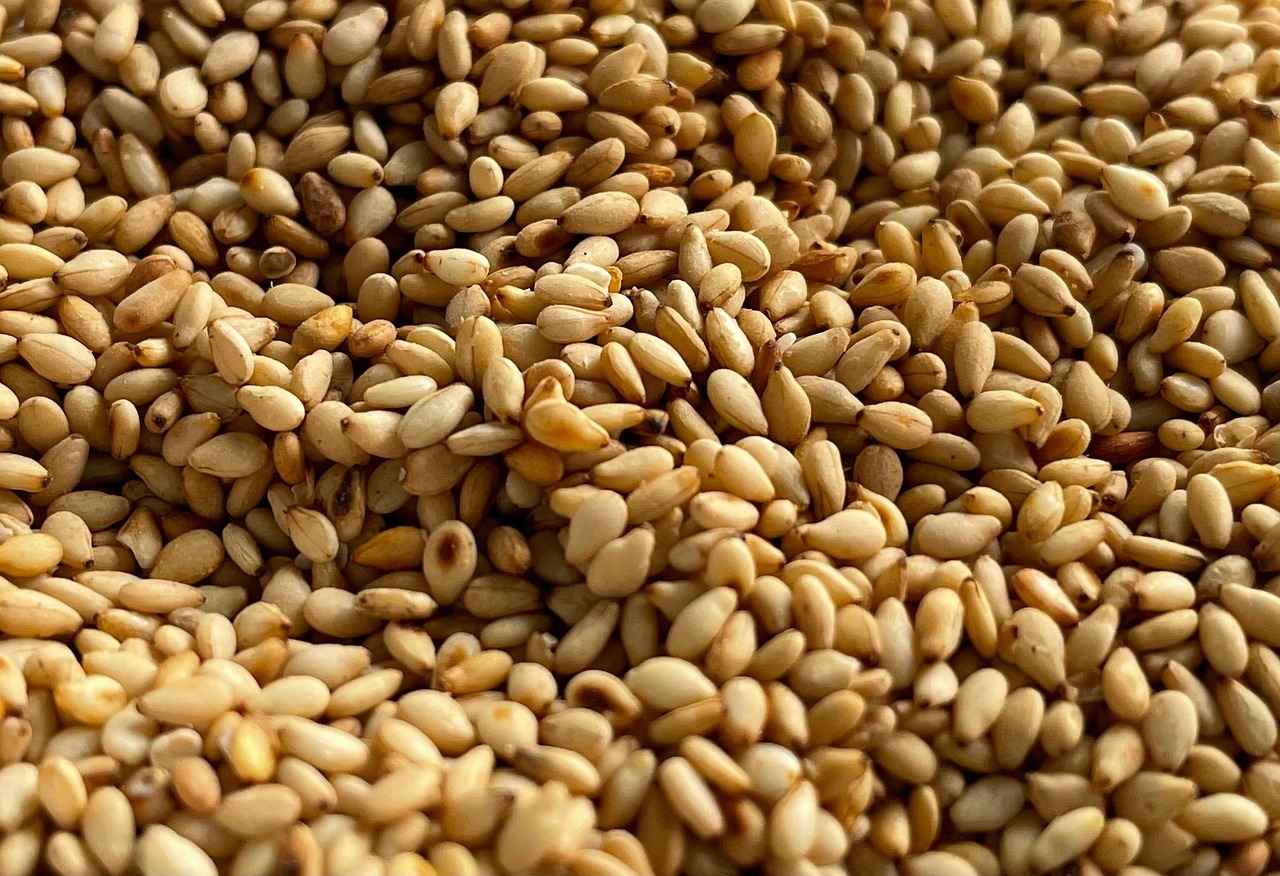
What Are the Nutritional Benefits of Chia Seeds?
Chia seeds have gained immense popularity in recent years, and for good reason. These tiny seeds are a powerhouse of nutrients that can significantly enhance your overall health. Packed with essential vitamins, minerals, and other beneficial compounds, chia seeds are a versatile addition to any diet.
- High in Omega-3 Fatty Acids: Chia seeds are one of the richest plant sources of omega-3 fatty acids, which are crucial for heart health. They help reduce inflammation and lower blood pressure.
- Rich in Fiber: With approximately 11 grams of fiber per ounce, chia seeds can aid in digestion and promote regular bowel movements. The high fiber content also contributes to feelings of fullness, making them beneficial for weight management.
- Excellent Source of Protein: Chia seeds contain about 4 grams of protein per ounce, making them a great option for vegetarians and vegans. Protein is essential for muscle repair and growth, and it plays a vital role in various bodily functions.
- Loaded with Antioxidants: These seeds are rich in antioxidants, which combat oxidative stress and protect the body from free radicals. This property helps in reducing the risk of chronic diseases.
- Mineral-Rich: Chia seeds are a good source of important minerals such as calcium, magnesium, and phosphorus, which are essential for bone health and metabolic processes.
The high fiber content in chia seeds makes them particularly beneficial for digestive health. The soluble fiber they contain absorbs water and forms a gel-like consistency, which can help to regulate bowel movements and prevent constipation. This property not only aids in digestion but also nourishes beneficial gut bacteria, acting as a prebiotic.
Incorporating chia seeds into your diet can be an effective strategy for weight management. Their high fiber content promotes feelings of fullness, which can help control appetite and reduce overall calorie intake. Additionally, chia seeds expand in the stomach, providing a sense of satiety that can prevent overeating.
Adding chia seeds to your meals is simple and versatile. Here are some practical ways to include them:
- Smoothies: Blend chia seeds into your favorite smoothie for an extra nutritional boost.
- Oatmeal: Stir chia seeds into your morning oatmeal for added texture and nutrients.
- Baking: Use chia seeds in baking recipes, such as muffins or bread, to enhance their nutritional profile.
- Chia Pudding: Combine chia seeds with milk or a dairy-free alternative and let them soak overnight for a delicious pudding.
Chia seeds are often referred to as a superfood due to their impressive nutrient density. They are low in calories yet high in essential nutrients, making them an ideal choice for health-conscious individuals. The combination of fiber, protein, and healthy fats, along with vitamins and minerals, positions chia seeds as a top contender for those looking to enhance their diet.
In conclusion, the nutritional benefits of chia seeds are vast and varied. From supporting heart health to aiding digestion and weight management, these tiny seeds pack a powerful punch. Incorporating them into your diet can lead to improved overall health and well-being.
Chia Seeds and Weight Management
Chia seeds have gained significant attention in recent years, particularly for their role in weight management. These tiny seeds pack a powerful punch when it comes to nutrition, making them an ideal addition to any weight-loss plan. In this section, we will explore how chia seeds can support weight management, their unique properties, and practical ways to incorporate them into your diet.
One of the primary reasons chia seeds are effective for weight management is their high fiber content. A single ounce (about 28 grams) of chia seeds contains approximately 11 grams of fiber. This is significant because fiber plays a crucial role in promoting feelings of fullness. When you consume chia seeds, they absorb water and expand in your stomach, creating a gel-like consistency that can help you feel satisfied for longer periods.
The soluble fiber in chia seeds slows down digestion, which helps to regulate blood sugar levels and prevent spikes in hunger. By keeping you feeling full, chia seeds can aid in appetite control and reduce the likelihood of overeating. This is particularly beneficial for those looking to manage their weight effectively. Additionally, the protein content in chia seeds further contributes to satiety, making them a perfect addition to meals or snacks.
- Add to Smoothies: Blend chia seeds into your favorite smoothies for a nutritious boost.
- Chia Pudding: Mix chia seeds with almond milk or yogurt and let them soak overnight for a delicious breakfast or snack.
- Sprinkle on Salads: Use chia seeds as a topping for salads to enhance texture and nutrition.
- Baking: Incorporate chia seeds into baked goods like muffins or energy bars for added fiber and protein.
While chia seeds are generally safe for most people, it’s essential to consume them in moderation. Due to their high fiber content, excessive intake can lead to digestive issues such as bloating or discomfort. It’s advisable to gradually introduce chia seeds into your diet and ensure you drink plenty of water to aid digestion.
Nutritionists and health experts often recommend chia seeds as part of a balanced diet. They emphasize that while chia seeds can aid in weight management, they should not be viewed as a magic solution. Instead, they should be combined with a healthy, well-rounded diet and regular physical activity for optimal results. Incorporating chia seeds can enhance your meals and contribute to a healthier lifestyle.
In summary, chia seeds are a nutrient-dense superfood that can significantly aid in weight management. Their high fiber content promotes feelings of fullness, helping to control appetite and reduce overall calorie intake. By incorporating chia seeds into your meals, you can enjoy their numerous health benefits while supporting your weight loss goals.
Chia Seeds for Digestive Health
Chia seeds have gained significant attention in the health and wellness community, and for good reason. These tiny seeds are not just a trendy superfood; they are packed with essential nutrients that can greatly benefit your health, particularly your digestive system. In this section, we will explore how chia seeds contribute to digestive health, their unique properties, and how you can easily incorporate them into your diet.
The fiber content in chia seeds plays a vital role in supporting digestive health. With approximately 11 grams of fiber per ounce, chia seeds provide both soluble and insoluble fiber, which are essential for maintaining a healthy digestive tract. The soluble fiber forms a gel-like substance when mixed with water, which helps to:
- Promote Regular Bowel Movements: The gel formed by chia seeds adds bulk to your stool, facilitating easier passage through the intestines.
- Prevent Constipation: By absorbing water, chia seeds help to soften the stool, making it less likely for constipation to occur.
Yes, chia seeds act as prebiotics, which means they nourish the beneficial bacteria in your gut. These good bacteria are crucial for maintaining a balanced microbiome, which is linked to improved digestion and overall health. By supporting these bacteria, chia seeds can help:
- Enhance Nutrient Absorption: A healthy gut flora can improve the body’s ability to absorb nutrients effectively.
- Boost Immune Function: A balanced gut microbiome supports the immune system, helping to ward off illnesses.
Incorporating chia seeds into your diet is simple and versatile. Here are some easy ways to enjoy their digestive benefits:
- Chia Pudding: Combine chia seeds with your favorite milk (dairy or plant-based) and let them soak overnight. Add fruits and nuts for added flavor and nutrition.
- Smoothies: Blend chia seeds into your smoothies for a nutrient boost that aids digestion.
- Baked Goods: Add chia seeds to muffins, bread, or cookies for an extra fiber kick.
While chia seeds are beneficial, moderation is key. A typical serving size is about 1 to 2 tablespoons per day. This amount provides sufficient fiber without overwhelming your digestive system. It is also important to drink plenty of water when consuming chia seeds, as they can absorb a significant amount of liquid.
Although chia seeds are generally safe for most people, consuming them in excessive amounts can lead to digestive discomfort, such as bloating or gas. It is advisable to start with a smaller amount and gradually increase your intake to allow your body to adjust.
In summary, chia seeds are a powerhouse of nutrients that significantly contribute to digestive health. Their high fiber content promotes regular bowel movements and acts as a prebiotic to nourish beneficial gut bacteria. By incorporating chia seeds into your diet in various forms, you can enhance your digestive health and overall well-being. Remember to consume them in moderation and stay hydrated for the best results.
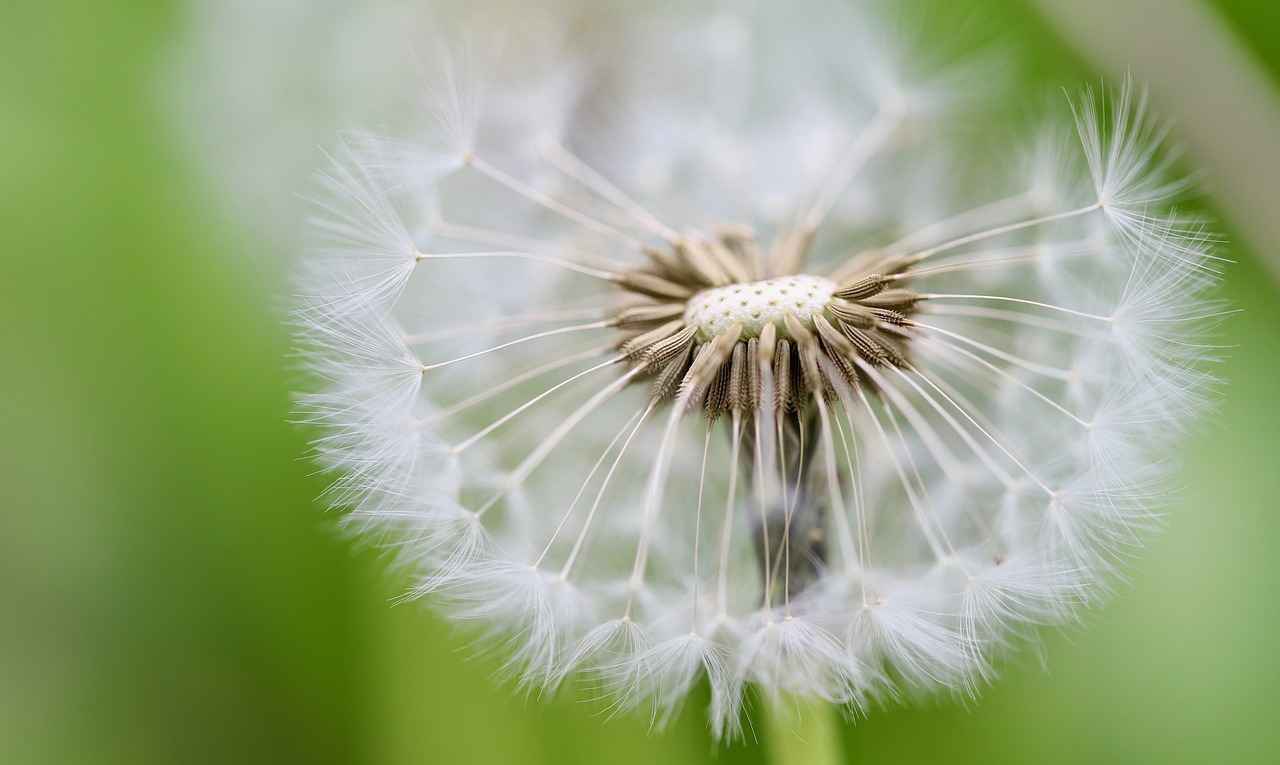
How to Incorporate Chia Seeds into Your Diet?
Incorporating chia seeds into your diet is not only simple but also incredibly beneficial for your overall health. These tiny seeds, packed with nutrients, can easily enhance your meals without altering their flavors significantly. Below are various ways to seamlessly add chia seeds to your daily routine.
Chia seeds are a powerhouse of nutrients. They are rich in omega-3 fatty acids, fiber, and antioxidants, which can provide numerous health benefits. Adding them to your diet can help improve digestion, support heart health, and even assist with weight management.
One of the easiest ways to incorporate chia seeds is by adding them to your smoothies. Simply blend a tablespoon of chia seeds with your favorite fruits, vegetables, and a liquid base such as almond milk or coconut water. This will not only boost the nutritional value but also give your smoothie a thicker, creamier texture.
- Oatmeal: Stir a tablespoon of chia seeds into your morning oatmeal for added texture and nutrition.
- Yogurt: Mix chia seeds into yogurt for a delightful crunch and extra fiber.
- Pancakes: Incorporate chia seeds into pancake batter for a nutritious twist on a classic breakfast.
Chia seeds can also be a great addition to your baking recipes. Here are some ideas:
- Bread: Add chia seeds to your homemade bread dough for enhanced nutrition.
- Muffins: Incorporate chia seeds into muffin batter for a nutritious boost.
- Energy Bars: Create your own energy bars by mixing chia seeds with oats, honey, and your choice of nuts and dried fruits.
Making chia pudding is a popular way to enjoy these seeds. Combine chia seeds with your choice of milk and a sweetener, then let it sit overnight in the refrigerator. The next day, you can top it with fruits, nuts, or granola for a delicious and healthy snack.
For a unique twist, sprinkle chia seeds over your salads or incorporate them into homemade salad dressings. They can add a delightful crunch and boost the nutritional profile of your meals.
Here are some practical tips to help you get the most out of chia seeds:
- Start Small: If you’re new to chia seeds, start with a small amount and gradually increase as your body adjusts.
- Soak Before Use: Soaking chia seeds in water or your preferred liquid for 20-30 minutes can enhance their texture and digestibility.
- Experiment: Don’t hesitate to try different recipes and combinations to find what you enjoy the most.
Incorporating chia seeds into your diet is a simple yet effective way to boost your nutrition. Whether you add them to smoothies, breakfast dishes, or snacks, these tiny seeds offer a wealth of health benefits that can enhance your overall well-being.
Creative Recipes Using Chia Seeds
Chia seeds are a remarkable superfood that can transform your meals with their nutritional benefits and versatility. These tiny seeds are not only packed with essential nutrients but also have the unique ability to absorb liquid and form a gel-like consistency. This makes them a fantastic ingredient for a variety of recipes. Below, we explore some creative ways to incorporate chia seeds into your diet, enhancing both flavor and nutrition.
One of the most popular ways to enjoy chia seeds is in chia pudding. This simple dish can be prepared by mixing chia seeds with your choice of milk (dairy or plant-based) and a sweetener of your choice. Here’s a basic recipe:
- Ingredients:
- 1/4 cup chia seeds
- 1 cup almond milk (or any milk)
- 1-2 tablespoons honey or maple syrup
- 1/2 teaspoon vanilla extract
- Instructions:
- In a bowl, combine chia seeds, milk, sweetener, and vanilla extract.
- Stir well to avoid clumping.
- Refrigerate for at least 2 hours or overnight.
- Top with fruits, nuts, or granola before serving.
Chia seeds can also be a key ingredient in homemade energy bars. These bars provide a quick energy boost and are perfect for a busy lifestyle. Here’s how to make them:
- Ingredients:
- 1 cup oats
- 1/2 cup nut butter
- 1/4 cup honey
- 1/4 cup chia seeds
- 1/4 cup dried fruits or nuts
- Instructions:
- In a bowl, mix all the ingredients until well combined.
- Press the mixture into a lined baking dish.
- Refrigerate for at least an hour before cutting into bars.
Chia seeds can be incorporated into salad dressings for added texture and nutrition. A simple chia seed vinaigrette can enhance any salad:
- Ingredients:
- 1/4 cup olive oil
- 2 tablespoons apple cider vinegar
- 1 tablespoon chia seeds
- Salt and pepper to taste
- Instructions:
- Whisk together olive oil, vinegar, and chia seeds.
- Season with salt and pepper.
- Let it sit for 10 minutes to allow the chia seeds to absorb some liquid.
- Drizzle over your favorite salad.
Adding chia seeds to smoothies is an excellent way to increase fiber and omega-3 fatty acid content. Simply blend your favorite fruits, a liquid of choice, and a tablespoon of chia seeds for a creamy, nutritious drink.
Incorporating chia seeds into your meals not only boosts their nutritional profile but also adds a unique texture and flavor. Whether you’re making a refreshing chia pudding, a nutritious energy bar, or a zesty salad dressing, these seeds are a fantastic addition to any recipe. Experiment with these ideas and discover the myriad ways chia seeds can enhance your culinary creations!
Tips for Storing Chia Seeds
When it comes to storing chia seeds, proper methods are essential to maintain their freshness and nutritional value. Chia seeds are not only a superfood but also a versatile ingredient that can enhance various dishes. To ensure you get the most out of them, consider the following tips:
Chia seeds are known for their nutrient density, containing high levels of omega-3 fatty acids, fiber, and antioxidants. However, exposure to air, moisture, and light can degrade their quality over time. Proper storage helps in:
- Retaining nutritional benefits
- Preventing spoilage
- Ensuring safety for consumption
To keep your chia seeds fresh, follow these storage tips:
- Airtight Containers: Store chia seeds in an airtight container to protect them from moisture and air. Glass jars or plastic containers with tight seals work best.
- Cool, Dry Place: Keep the container in a cool, dry location, away from direct sunlight. A pantry or cupboard is ideal.
- Refrigeration: For long-term storage, consider placing chia seeds in the refrigerator. This can extend their shelf life significantly.
- Avoid Bulk Bins: While buying in bulk can be economical, purchasing chia seeds from bulk bins may expose them to contaminants and moisture.
When stored properly, chia seeds can last for up to two years. However, it’s essential to check for any signs of spoilage, such as an off smell or unusual texture. If you notice any of these signs, it’s best to discard the seeds.
Yes, you can freeze chia seeds to extend their shelf life. Freezing them in small portions allows you to take out only what you need, minimizing exposure to air. Just ensure they are in an airtight container before freezing.
Before using chia seeds, always perform a quick check. Look for:
- Change in Color: Fresh chia seeds should be a uniform color. Any discoloration may indicate spoilage.
- Off Smell: If the seeds have a rancid or unusual odor, it’s time to discard them.
- Texture Changes: Fresh chia seeds should feel dry and slightly gritty. If they feel sticky or clumpy, they may have absorbed moisture.
By following these storage tips, you can ensure that your chia seeds remain fresh and nutritious for longer periods. Incorporating chia seeds into your diet can offer numerous health benefits, but proper storage is key to maximizing their potential.
Frequently Asked Questions
- How much water should I use for chia seeds?
The ideal ratio is 1 part chia seeds to 10 parts water. For example, if you’re using 1 tablespoon of chia seeds, you should mix it with about 10 tablespoons of water. This ensures the seeds absorb enough liquid for optimal hydration.
- Can I soak chia seeds for too long?
Yes, soaking chia seeds for too long can lead to an overly gelled texture, which might not be pleasant for everyone. Ideally, soak them for about 20-30 minutes to achieve the perfect consistency.
- What are the health benefits of chia seeds?
Chia seeds are packed with nutrients like omega-3 fatty acids, fiber, and protein. They can help with hydration, support digestive health, and even aid in weight management due to their ability to promote feelings of fullness.
- How can I incorporate chia seeds into my meals?
Incorporating chia seeds is super easy! You can add them to smoothies, sprinkle them on yogurt, mix them into oatmeal, or use them in baking. They can also be made into delicious chia pudding!
- Are there any storage tips for chia seeds?
To keep your chia seeds fresh, store them in an airtight container in a cool, dry place. This helps preserve their nutritional value and ensures they remain safe to eat.
